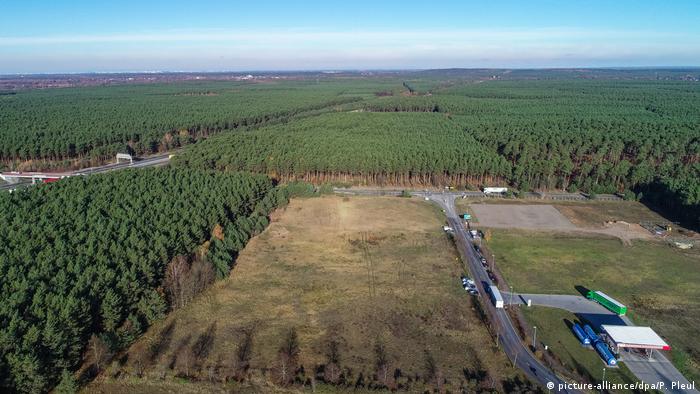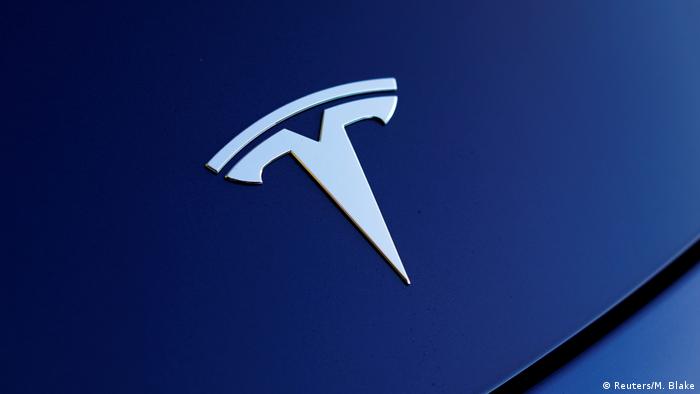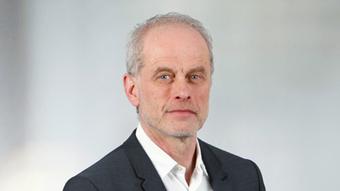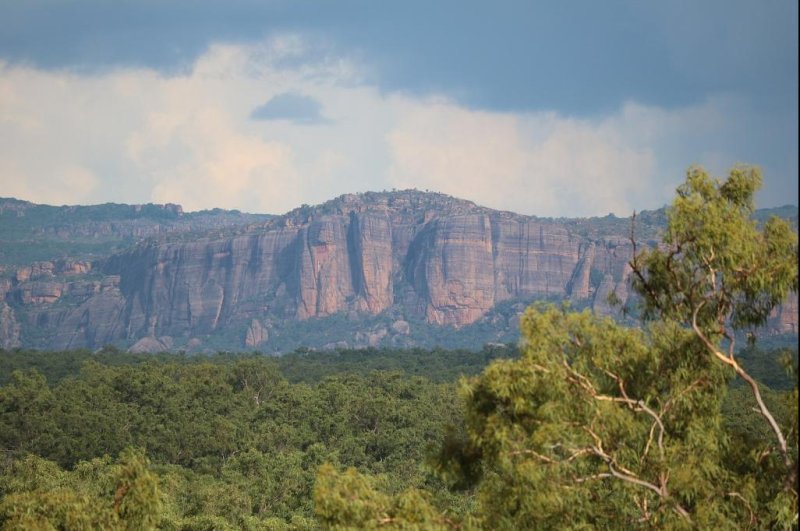By Brooks Hays

An illustration shows electric currents traveling between two electrodes as a film of protein nanowires absorbs water from the air. Photo by UMass Amherst/Yao and Lovley labs
Feb. 17 (UPI) -- Scientists have developed a new device powered by a naturally occurring protein that uses moisture in the air to generate electricity.
The so-called Air-gen technology links electrodes with electrically conductive protein nanowires synthesized by the microbe Geobacter sulfurreducens. The unique combination is capable of generating electricity from moisture that is naturally present in the air.
"We are literally making electricity out of thin air," Jun Yao, an electrical engineer at the University of Massachusetts Amherst, said in a press release. "The Air-gen generates clean energy 24/7."
The novel technology doesn't produce polluting byproducts and it is cheap to assemble. Best yet, Yao and his colleagues estimate the technology can be scaled.
RELATED Catalyst recycles greenhouse gases into hydrogen gas, fuel, other chemicals
"Connecting several devices linearly scales up the voltage and current to power electronics," researchers wrote in their paper on the technology, published Monday in the journal Nature. "Our results demonstrate the feasibility of a continuous energy-harvesting strategy that is less restricted by location or environmental conditions than other sustainable approaches."
Though the device requires moisture, it doesn't need to be all that humid for the technology to work. Lab tests showed the Air-gen device could generate electricity in places as arid as the Sahara Desert. And unlike solar cells and wind turbines, the technology isn't reliant on the weather. It can work day or night, indoors or outdoors.
To build the device, scientists placed a thin film of protein nanowires atop an electrode. Researchers positioned a second electrode on top, only partially covering the nanowires.
RELATED Neutrons, X-rays help scientists study aging process in lithium batteries
As the film absorbs water, the electrical conductivity and surface chemistry of the protein nanowires is excited. These unique properties, coupled with the porosity of the film, yield an electrical current between the two electrodes.
Once they've scaled the device, researchers hope to integrate Air-gen technology with smart watches, health monitors, phones and wearable electronics.
"The ultimate goal is to make large-scale systems. For example, the technology might be incorporated into wall paint that could help power your home," Yao said. "Or, we may develop stand-alone air-powered generators that supply electricity off the grid. Once we get to an industrial scale for wire production, I fully expect that we can make large systems that will make a major contribution to sustainable energy production."
RELATED Engineers develop thin, flexible touchscreen that can be printed like newspaper
In anticipation of the technology's commercialization, Yao's colleague Derek Lovley, a microbiologist at Amherst, has already developed a microbial strain capable of mass producing protein nanowires.
"We turned E. coli into a protein nanowire factory," Lovley said. "With this new scalable process, protein nanowire supply will no longer be a bottleneck to developing these applications."
Lovley discovered Geobacter sulfurreducens in the mud on the banks of the Potomac River some three decades ago. In his lab, he and his research partners discovered the microbe's ability to produce conductive protein nanowires.
Thirty years later and the discovery has opened up a new field of electronics research.
"This is just the beginning of new era of protein-based electronic devices" said Yao.












